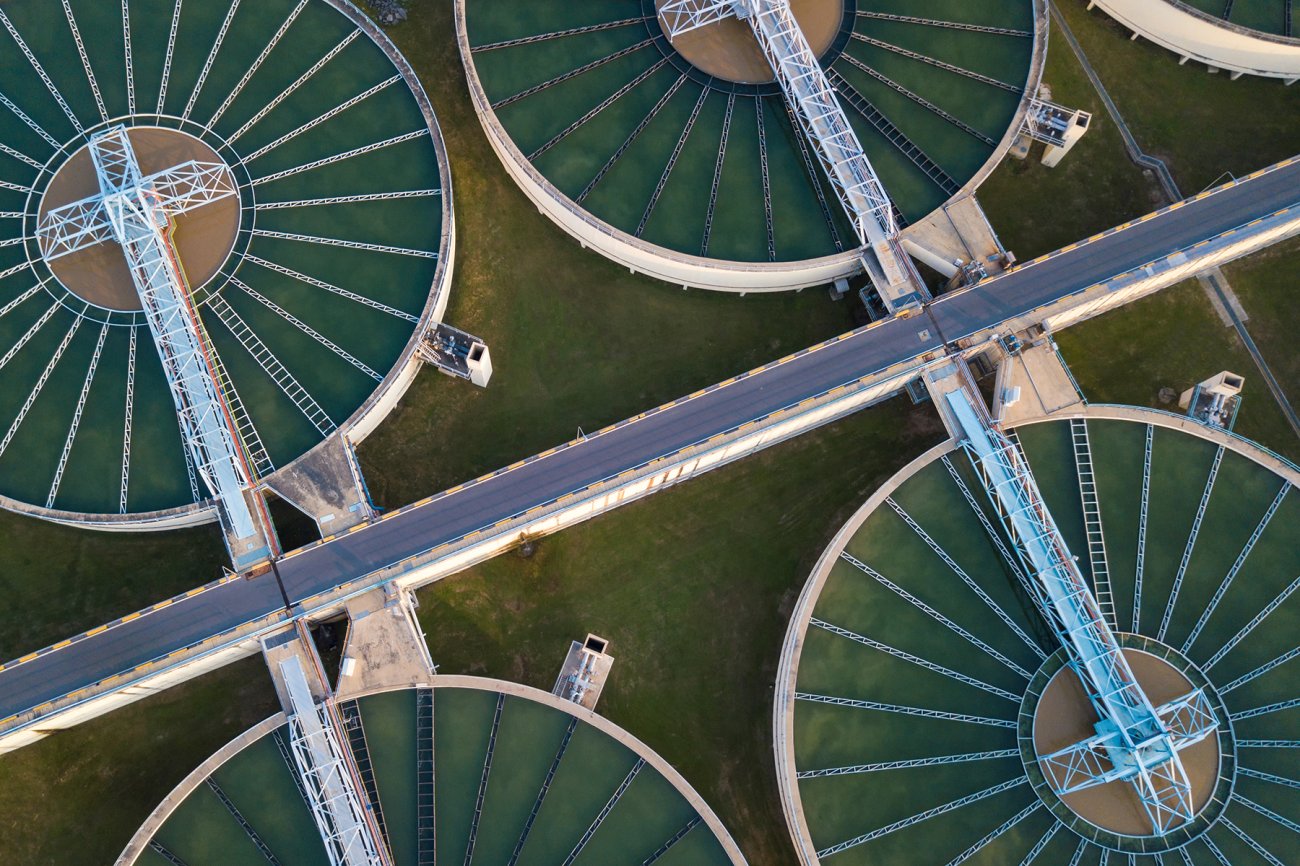Reclaim Waste for Beginners
Reclaim Waste for Beginners
Blog Article
The smart Trick of Reclaim Waste That Nobody is Talking About
Table of ContentsHow Reclaim Waste can Save You Time, Stress, and Money.Fascination About Reclaim WasteThe 10-Minute Rule for Reclaim WasteThe Best Strategy To Use For Reclaim WasteThe Definitive Guide to Reclaim Waste
Residential sewage waste refers to the waste and items from a household septic tank. The appropriate administration and disposal of domestic sewer waste need liquid waste to be moved to a sewage treatment plant where the correct methods and tools are applied to detoxify and dispose of waste.
Business waste typically consists of prospective risks, such as flammable products or a mixture of fluid and solid waste items, and requires a more innovative and thorough disposal procedure. The disposal of industrial waste generally involves the filtering of waste prior to transport to guarantee safe and appropriate disposal. Hazardous waste is developed from byproducts and overflow of industrial procedures and production.
This kind of waste can not use the exact same sewage management transportation or processes as septic or industrial liquids. The hazardous waste administration process calls for the assessment and testing of liquid waste before it undertakes the disposal process (liquid waste removal). Overflow waste is the liquid waste that comes from drainage and excess stormwater in highly booming locations or cities
Drainage waste can create contamination and flooding otherwise managed properly. Find out more regarding sewage system cleansing and waste administration. Guaranteeing proper waste management can prevent catastrophes and lower environmental injury. Both individuals in household setups and professionals in business or manufacturing sectors can take advantage of understanding the procedures and laws of fluid waste monitoring.
The Main Principles Of Reclaim Waste
Call PROS Services today to discover our waste administration and disposal services and the appropriate methods to care for the fluid waste you create.
(https://filesharingtalk.com/members/604691-reclaimwaste1)This so-called 'wastewater' is not only an essential source yet, after treatment, will certainly be released to our land, waterways or the sea. Made use of water from commodes, showers, bathrooms, kitchen sinks, washings and commercial processes is known as wastewater.

water made use of to cool equipment or tidy plant and devices). Stormwater, a type of wastewater, is drainage that moves from agricultural and metropolitan locations such as roof coverings, parks, gardens, roadways, courses and gutters into stormwater drains pipes, after rainfall. Stormwater flows unattended straight to local creeks or rivers, ultimately reaching the sea.
Our Reclaim Waste PDFs
In Queensland, most wastewater is treated at sewage treatment plants. Wastewater is carried from residential or commercial sites via a system of sewage systems and pump stations, understood as sewage reticulation, to a sewage therapy plant.
The Department of Natural Resources advises neighborhood federal governments concerning handling, operating and maintaining sewerage systems and therapy plants. In unsewered locations, neighborhood federal governments may call for owners to install private or household sewer therapy systems to deal with residential wastewater from toilets, kitchens, bathrooms and washings. The Division of Natural Resources authorizes using home systems when they are verified to be reliable.
The majority of stormwater obtains no therapy. In some brand-new communities, therapy of some stormwater to eliminate litter, sand and gravel has begun using gross pollutant traps. Wastewater therapy happens in 4 stages: Removes strong issue. Larger solids, such as plastics and various other things incorrectly discharged to drains, are removed when wastewater is travelled through displays.
Wastewater then streams right into big tanks where solids work out and are gotten rid of as sludge. Oil and residue are skimmed from the surface. Makes use of tiny living organisms recognizes as micro-organisms to damage down and eliminate continuing to be dissolved wastes and great bits. Micro-organisms and wastes are integrated in the sludge. Gets rid of nitrogen and phosphorus nutrients that could trigger algal blossoms in our rivers and threaten aquatic life.
Facts About Reclaim Waste Revealed
Nutrient removal is not available at all sewage treatment plants due to the fact that it requires pricey specialized equipment. It is ending up being more usual in Queensland. Clear fluid effluent produced after treatment might still include disease-causing micro-organisms. If this effluent is released into waterways such as rivers or the sea, the micro-organisms will at some point die out.

The majority of wastewater streams right into the sewerage system. Under the Act, neighborhood federal governments provide authorizations and permits for eco relevant tasks (Ages) involving wastewater releases that might have a regional influence.
Excitement About Reclaim Waste
Or else, samples are considered laboratory evaluation. Commonly several tests are needed to establish the degrees of each of the different contaminants such as oils, heavy metals and pesticides in water. Surveillance supplies factual information concerning water quality and can validate that permit conditions are being satisfied. The details acquired through monitoring offers the basis for making water top quality decisions.
Report this page